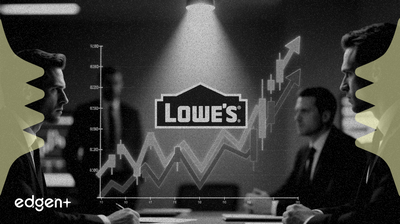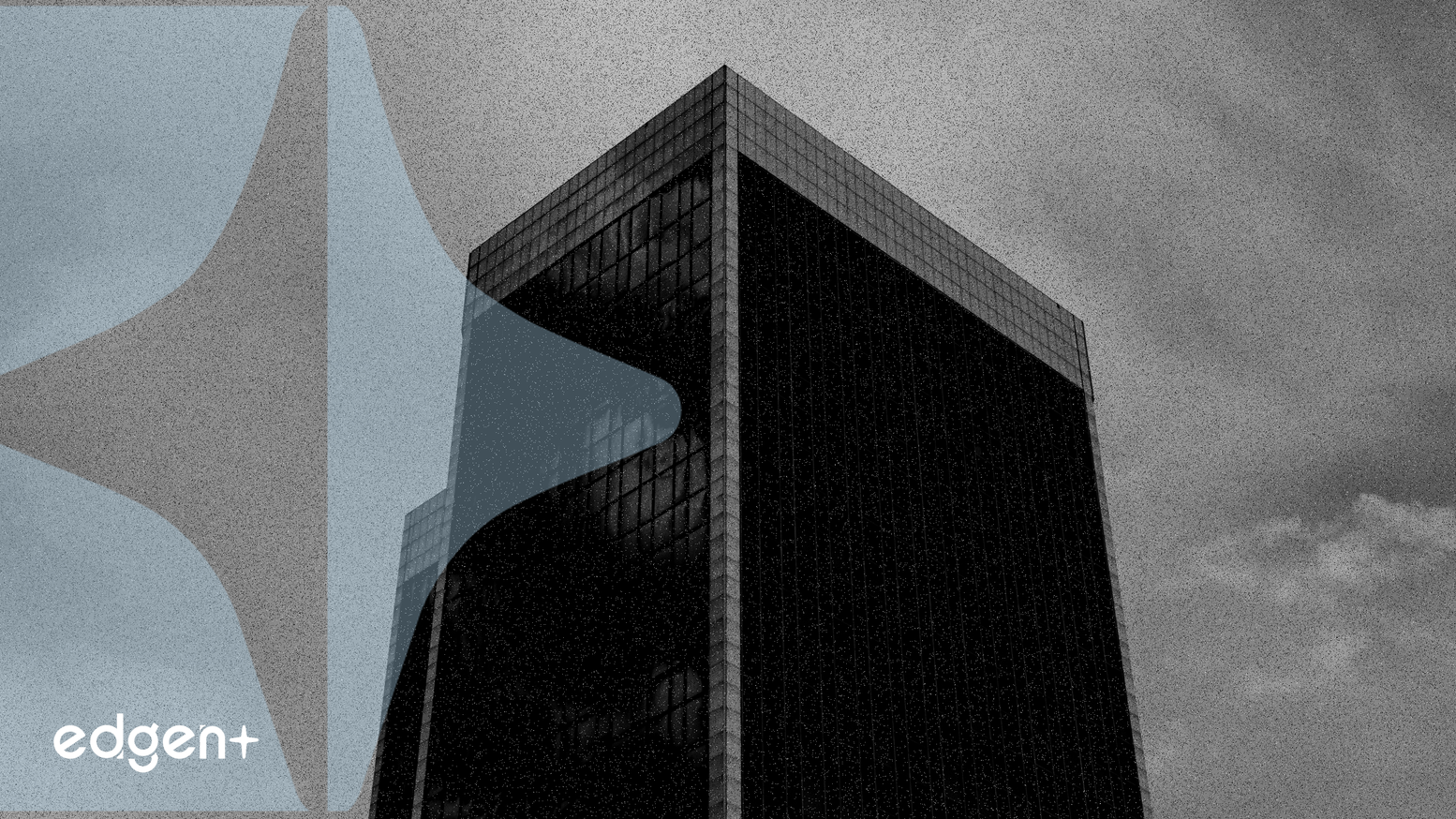Related News

Robinhood Acquires 90% Stake in MIAXdx, Stock Surges on Prediction Market Expansion
## Executive Summary Robinhood Markets has solidified its position in the derivatives space by acquiring a 90% majority stake in **MIAXdx**, a regulated derivatives exchange, through a strategic joint venture with **Susquehanna International Group**. This acquisition grants Robinhood controlling ownership and is designed to enhance its prediction market operations by providing greater control over its infrastructure and fee structure. The market responded positively, with a notable surge in **Robinhood's (HOOD)** stock price and favorable commentary from market analysts who project a significant uplift in sector-specific revenue. ## The Event in Detail The transaction involves a newly formed joint venture between **Robinhood** and financial giant **Susquehanna International Group**, which together will own 90% of **MIAXdx**. The exchange's current operator, **Miami International Holdings (MIAX)**, will retain the remaining 10% equity. **MIAXdx** is a Commodity Futures Trading Commission (CFTC) licensed and regulated derivatives clearing house, providing a compliant venue for futures trading. This move effectively makes Robinhood a controlling partner in a regulated exchange, marking a significant step in its vertical integration strategy. ## Market Implications By owning the exchange, **Robinhood** gains substantial control over the entire prediction market value chain. This includes the ability to dictate contract creation, accelerate the pace of new product rollouts, and, most critically, capture revenue from both brokerage and exchange fees. This dual revenue stream is a key financial advantage. The deal is expected to boost Robinhood's prediction market economics by approximately 45% on traded contracts. Given that its existing annualized revenue from prediction markets already exceeds $300 million, the acquisition is poised to create a material financial impact. Investor sentiment was immediately positive, as **HOOD** stock jumped 8.7% in midday trading after the news broke. ## Expert Commentary The strategic rationale behind the acquisition received validation from financial analysts. **Piper Sandler analyst Patrick Moley** described the deal as "quite positive," providing the 45% estimate on the potential boost to prediction market economics. Similarly, analysts from **Barclays** highlighted the strategic benefits of the deal. In a public statement, **MIAX** framed the transaction as a logical step to facilitate its entry into the prediction markets for both institutional and retail futures traders, leveraging the partnership for long-term strategic growth. ## Broader Context This acquisition signals a deliberate strategy by **Robinhood** to expand beyond its foundational stock trading business and build a fortified presence in the regulated derivatives landscape. Owning the underlying infrastructure provides a significant competitive advantage, reducing reliance on third-party platforms and improving margins. The move aligns with a broader trend of fintech companies seeking to control their own technology stacks to offer integrated and more profitable services. It positions Robinhood to capitalize on the growing interest in prediction markets among its large retail user base while also creating pathways to serve institutional clients via its partnership with **MIAX**.

Cadence Q3 Earnings Beat Estimates, Company Raises 2025 Outlook on AI Demand
## Executive Summary Cadence Design Systems (**CDNS**) announced robust third-quarter 2025 financial results, exceeding Wall Street estimates for both earnings and revenue. Driven by persistent demand for its artificial intelligence and system design solutions, the company raised its full-year 2025 guidance. Despite this strong operational performance and a record backlog of $7.0 billion, the company's stock has declined approximately 11% since its last earnings report, indicating a potential disconnect between fundamental health and current market valuation. ## The Event in Detail For the third quarter of 2025, Cadence reported non-GAAP earnings per share (EPS) of $1.93, a 7.8% beat over the Zacks Consensus Estimate of $1.79 and a 17.7% increase year-over-year. Quarterly revenues reached $1.339 billion, surpassing consensus estimates by 0.9% and representing a 10.2% increase from the prior-year period. Following these results, Cadence updated its full-year 2025 forecast: - **Revenue:** The projected range was raised to $5.262 billion - $5.292 billion, up from the previous guidance of $5.21 billion - $5.27 billion. - **Non-GAAP EPS:** The forecast was increased to $7.02 - $7.08, exceeding the consensus estimate. For the upcoming fourth quarter, the company anticipates revenues between $1.405 billion and $1.435 billion, with non-GAAP EPS in the range of $1.88 to $1.94, implying continued sequential growth. ## Financial Mechanics Cadence's reported non-GAAP earnings provide a view into its core operational performance by excluding certain non-cash and non-recurring items. According to company filings, these adjustments include the amortization of intangible assets, stock-based compensation expense, and acquisition-related costs. While the non-GAAP outlook was raised, the company lowered its GAAP EPS guidance, citing dynamics related to tax rates and Other Income & Expense (OI&E), as well as impacts from a prior legal settlement. This distinction is crucial for investors assessing both the underlying business profitability and the all-in financial picture. ## Market Implications The strong quarterly performance, combined with a record $7.0 billion backlog, signals sustained and high-visibility demand for Cadence's electronic design automation (EDA) products, particularly as the semiconductor industry invests heavily in AI chip design. The decision to raise full-year guidance underscores management's confidence in continued business momentum through hardware deliveries and key wins in system design and analysis (SDA) and intellectual property (IP). However, the stock's recent negative performance suggests that the market may have already priced in high expectations or is weighing broader macroeconomic risks over company-specific fundamentals. ## Broader Context Cadence's results stand out within the broader technology and software sector. For instance, while **Oracle Corporation** (**ORCL**) met its earnings estimates in its recent quarter, fellow EDA provider **Synopsys** missed its revenue targets. Cadence's outperformance relative to a direct competitor suggests strong execution and favorable positioning in high-growth segments. The company's results reinforce the narrative of AI as a durable driver for the semiconductor ecosystem, benefiting foundational technology providers that supply the critical tools for chip innovation.

Lowe's Attracts Investor Attention Amid Mixed Analyst Projections for Q4
## Executive Summary Lowe's Companies, Inc. (**LOW**) has emerged as a stock of significant interest among investors, driven by high search volume ahead of its upcoming earnings announcement. Analyst projections place current quarter earnings at **$1.98 per share** with sales around **$19.86 billion**. However, the market is facing considerable uncertainty due to conflicting data regarding year-over-year revenue growth, with some estimates pointing to a 7% increase while others indicate a 3% contraction. This divergence, coupled with a neutral rating from market analysts, suggests a cautious outlook for the home improvement retailer. ## The Event in Detail According to a report from Zacks.com on November 26, 2025, Lowe's is experiencing a surge in investor attention. The consensus earnings estimate for the quarter is **$1.98 per share**. Zacks analysis frames this as a 2.6% increase from the year-ago period. The primary point of contention lies in the sales forecast. While the consensus sales estimate is consistently cited as **$19.86 billion**, its year-over-year implication is unclear. One set of analyses, including a Zacks report, projects a 7% increase in revenue. In contrast, other widely circulated reports indicate an expected 3% year-over-year decrease for the same quarter. This discrepancy highlights a divided view among analysts on the company's near-term performance. For historical context, Lowe's reported net earnings of $1.1 billion and a diluted EPS of $1.99 on sales of $18.6 billion for the fourth quarter of fiscal year 2024, which ended January 31, 2025. ## Market Implications The increased search activity surrounding Lowe's points to heightened engagement from both retail and institutional investors. The conflicting revenue forecasts are a key factor driving market uncertainty, as a 7% growth figure would signal robust health, while a 3% decline would raise concerns about consumer demand and operational headwinds. When compared to a competitor like **Costco** (**COST**), which has a clearer consensus sales growth estimate of +7.8% for its current quarter, the ambiguity in Lowe's outlook becomes more pronounced. ## Expert Commentary Market analysis from Zacks.com attributes the heightened interest in Lowe's to its upcoming earnings report and associated valuation metrics. The firm has assigned the stock a Zacks Rank #3 (Hold). This rating is not a recommendation to buy or sell but indicates an expectation that the stock will perform in line with the broader market averages in the short term. The divergence in revenue growth projections from various financial news outlets underscores a lack of clear consensus among market experts regarding the company's immediate growth trajectory. ## Broader Context Looking at the broader financial picture, Lowe's is navigating a complex retail environment. The company reported net earnings of $1.6 billion with a diluted EPS of $2.88 for the third quarter ended October 31, 2025. Over the longer term, earnings for Lowe's are expected to grow from $11.90 per share to $12.54 per share in the next fiscal year, representing a 5.38% increase. This longer-term positive outlook provides a wider lens through which to view the current quarterly uncertainty and suggests underlying confidence in the company's fundamental business strategy despite near-term market noise.
